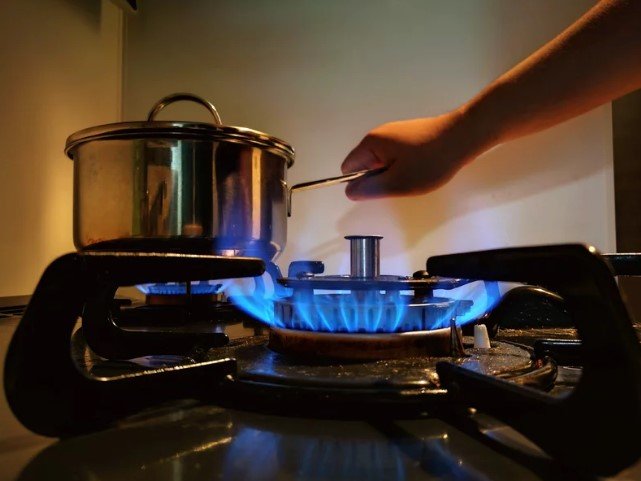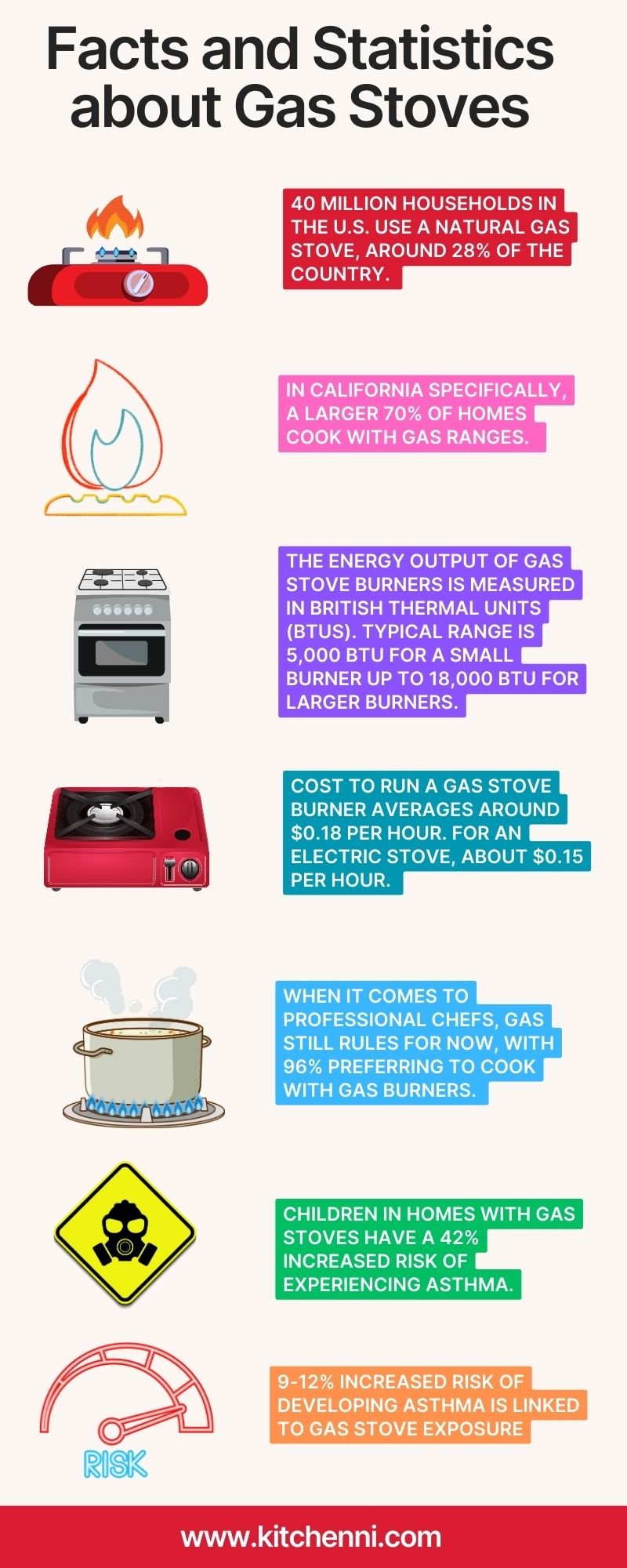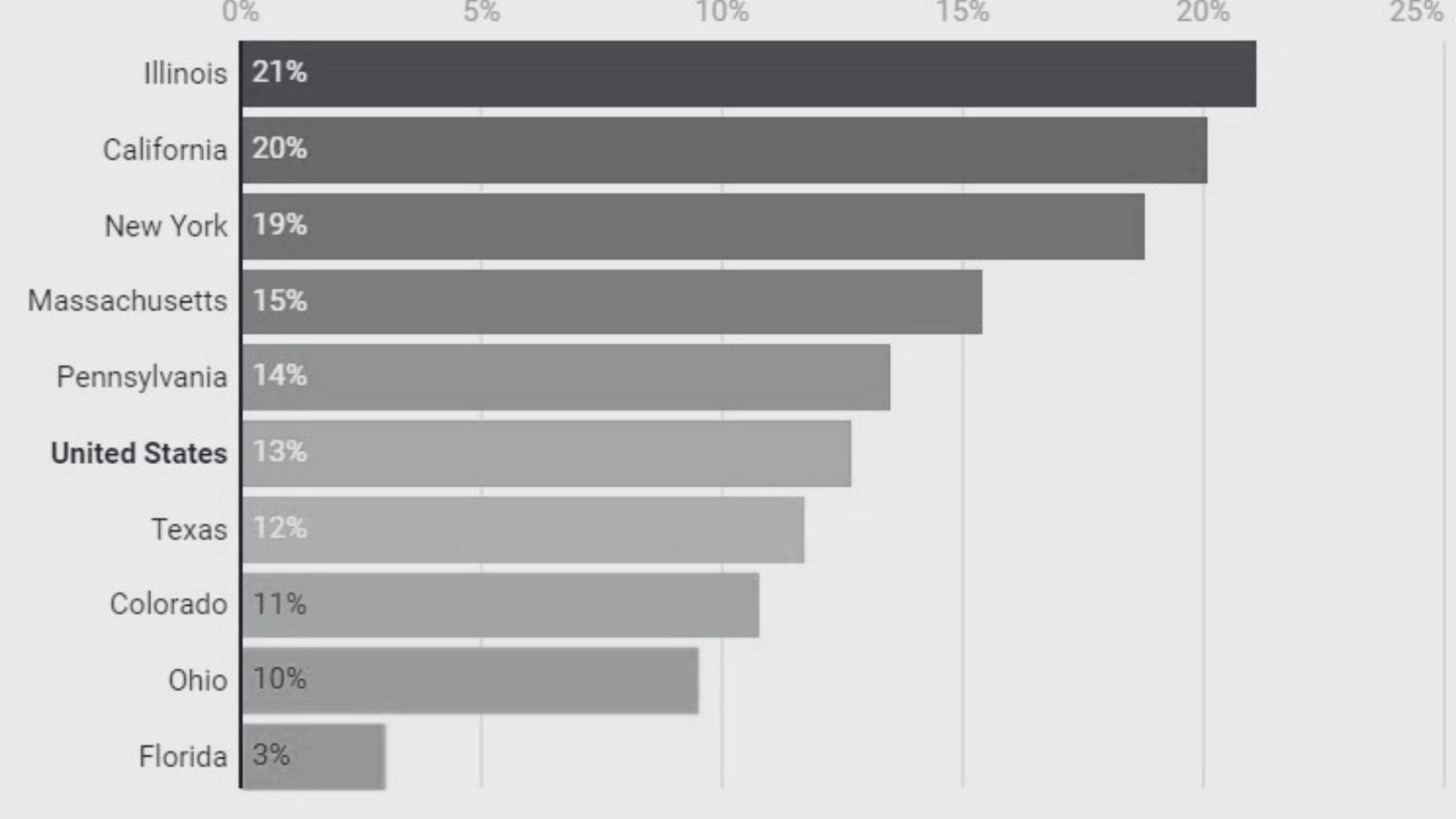Gas stoves are in around 40 million American households – about 28% of the country cooks with natural gas ranges. But there’s an ongoing shift away from gas to electric cookers for health and environmental reasons. Let’s examine some facts, safety tips and statistics around gas stoves.
Considering getting a gas stove, check out our review here. We also have a review of the best electric stoves in case you wish to upgrade
Facts and Statistics about Gas Stoves infographic
Facts and Statistics About Gas Stoves
Gas stoves are quite common in many kitchens. Here are some quick facts about them:
- 40 million households in the U.S. use a natural gas stove, around 28% of the country.
- In California specifically, a larger 70% of homes cook with gas ranges.
- The energy output of gas stove burners is measured in British Thermal Units (BTUs). The typical range is 5,000 BTU for a small burner up to 18,000 BTU for larger burners.
- Cost to run a gas stove burner averages around $0.18 per hour. For an electric stove, about $0.15 per hour.
- When it comes to professional chefs, gas still rules for now, with 96% preferring to cook with gas burners.
- Gas stoves emit nitrogen dioxide, carbon monoxide, fine particulate matter, and formaldehyde among other byproducts.
- Children in homes with gas stoves have a 42% increased risk of experiencing asthma.
- 9-12% increased risk of developing asthma is linked to gas stove exposure.
- In 2022, dozens of U.S. cities and towns began banning gas hookups in new construction, instead requiring electric.
How to Use a Gas Stove
This is the easy part, as you can tell already. It only takes minutes to get it up and running. Just do the following:
– Place a pot or pan on grates above the burner, with handles turned inwards
– Push in the control knob that corresponds with the burner, and turn counterclockwise
– Continue pressing the knob until the burner ignites
– Once lit, turn the knob to adjust the flame height as you prefer it
– Turn the knob fully clockwise to turn it off when done cooking
Advantages of Gas Stoves
While gas stoves have been criticized for health risks and environmental concerns, they have their good sides. These include:
- Flames respond quickly to knob turns, meaning you get precise temperature control
- More BTUs than electric means faster boiling, searing, and stir-frying.
- Watching the flames as you cook provides some form of excitement and fulfillment
- Gas burners can be lit manually if the power goes out.
Disadvantages of Gas Stoves
And now to the downsides, some of which have forced many states and governments to consider banning gas stoves altogether. These include:
- Leakage and combustion byproducts pollute the air and degrade its quality.
- There are risks of fires and explosions if not maintained properly.
- Burning gas releases water vapor, which can lead to more indoor humidity.
- Grates and burners remain dangerously hot after cooking.
Do Gas Stoves Work Without Electricity?
The burners on a gas range can operate without any electricity. Turning the control knob allows gas to flow to the burner, where it can be manually lit with a match or lighter. However, the oven and other electrical features will not work without power.
Are Gas Stoves Bad, and Why Are They Getting Banned?
Several US cities have begun banning gas hookups in new building construction over pollution and health concerns. Gas stove disadvantages like emitting harmful indoor pollution and exacerbating asthma, especially in children, are among the top driving factors.
Replacing gas with electric cookers helps meet carbon reduction goals. However, the bans are controversial due to the high costs of electricity and resistance from the gas industry. Existing buildings are not affected, only upcoming new construction.
Let’s look at this issue in more detail:
Gas Stove Bans In the US
While a federal U.S. ban is unlikely soon, some states and cities have prohibited gas hookups in new constructions. California’s Berkeley led this charge in 2019, eliminating gas stove options in new homes. New York recently became the first state to ban gas connections in new buildings.
There are also 20 other states that have laws meant to hinder gas use in their cities. However, the Consumer Product Safety Commission proposed a gas stove ban in 2023 across the US, citing asthma risks. But it’s worth noting that no federal action is likely to be upheld currently.
Gas Stove Accidents in the US
Between 2010 and 2021, over 2,600 gas pipeline leaks and explosions were recorded across the US. The incidents saw over 600 people injured, and 122 killed and caused billions in property damages, according to reports. However, many more minor gas leaks likely go unaccounted for.
Almost 33% of reported gas incidents result in fire. Additionally, around 13% of cases end in explosions. In 2021 alone, 14 major explosions from gas leaks cost nearly $100 million.
Texas experienced the highest rate of gas leaks, with 287 documented incidents, which tallied $117 million in costs. California, Louisiana, and Michigan follow with hundreds of annual cases resulting in millions lost to fires and explosions from gas releases.
Health risks of Gas Stoves
Evidence links gas range to some health effects, and we must be careful and cautious. The main problem lies in the combustion byproducts and air pollutants released when burning natural gas or propane.
Childhood asthma Attributable to gas Infographic
- Nitrogen dioxide, carbon monoxide, formaldehyde, and particulate matter are all emitted from gas stoves – even when used normally. These substances degrade indoor air quality and have been tied to:
- More frequent and severe asthma, especially in children. Studies show kids in homes with gas stoves have a 42% higher risk of experiencing asthma symptoms.
- Increased risk of acute and chronic respiratory diseases. Adults living with gas stoves had a 9-12% higher chance of developing conditions like bronchitis, COPD, pneumonia, and regular cough/phlegm production.
- Added exposure to known carcinogens. Compounds like benzene and formaldehyde that are released can accumulate in the body over time, raising cancer risks.
- Increased risks of cardiovascular diseases. Heart conditions like angina, stroke, and hypertension appear linked to gas stove pollution exposure.
- Potential connections to neurological conditions. Some concerning associations with diseases like Parkinson’s are being investigated currently.
Proper ventilation above the stove and using range hoods when cooking can reduce exposure to gases. But completely eliminating the risks is unlikely.
Environmental Implications of Gas Stoves
Aside from personal health impacts, gas stoves have further environmental considerations:
- Contribute to climate change by releasing methane during natural gas production and distribution. Methane is an extremely potent greenhouse gas.
- Generate nitrogen oxides that contribute to smog and acid rain during combustion.
- Added to the carbon footprint of homes by requiring fossil fuel harvesting, transportation, and infrastructure.
Gas stove safety tips
Cooking with gas burners remains popular for good reason – it’s hard to match that quick temperature control and flame flavor. But gas comes with extra safety considerations compared to electric appliances.
True, you might not be looking to get rid of your gas stove soon, but you can follow some safety tips to be on the safe side.
Ensure Your Gas Stove is Installed by a Pro
First thing first – make sure your gas stove gets installed properly by a certified pro. They’ll ensure all fittings are snug, no leaks are present and there’s proper ventilation. Don’t take chances doing it yourself unless you’re a true expert. Oh, and turn off the gas line before extended trips!
Ensure Safe Use During Cooking
When cooking, have some safety zones. Keep flammable dish towels, loose sleeves, plastic items, and more at least a foot away from the burners. It takes just seconds for heat to light them up. Also, have a working fire extinguisher handy nearby – you hope to never use it, but better safe than sorry!
Turn Off Burners if You Need to Step Away
It’s easy to get distracted when waiting for water to boil or cooking your meals. So stay close by and turn off burners if you have to step away during stove use. And of course, keep children at a safe distance and under supervision when the stove’s running.
Develop a Habit of Cleaning Up Spills
Cleaning up spills as soon as you finish cooking is a good practice. Dirty, clogged ports can lead to uneven flames and can lead to hazardous flames on nearby items. While you’re cleaning, check the burners for any abnormal behaviors in flame shape, coloring, or sound. Better to catch problems early.
Get Gas Detectors
Finally, buy gas detectors. They’ll alert you to any leaks and provide a warning if levels rise. Oh, and don’t be that person who leaves food on the stove to burn! Not only a safety risk but also ruins good eats.
Key Takeaway
Gas stoves have been the cooking appliance of choice for many households for a long time. However concerns around indoor air pollution, health hazards, and climate impact have clearly shown a trend away from gas in recent years. The statistics above prove it. If you have to use your gas stove, make sure you follow the outlined safety tips. And if you can upgrade, it’s not too late.
Common Questions
What are the main health hazards of gas stoves?
Gas stoves emit air pollutants that increase risks of respiratory issues, cardiovascular disease, neurological conditions, and certain cancers. Kids are especially vulnerable.
Do gas stoves affect indoor air quality?
Yes, nitrogen dioxide, carbon monoxide, and other byproducts degrade indoor air quality. Proper ventilation helps but does not eliminate the risks.
Can you still purchase gas stoves and ovens?
Yes, you can still buy gas appliances. Some cities are banning gas in new construction but existing buildings can still use and replace gas ranges.





